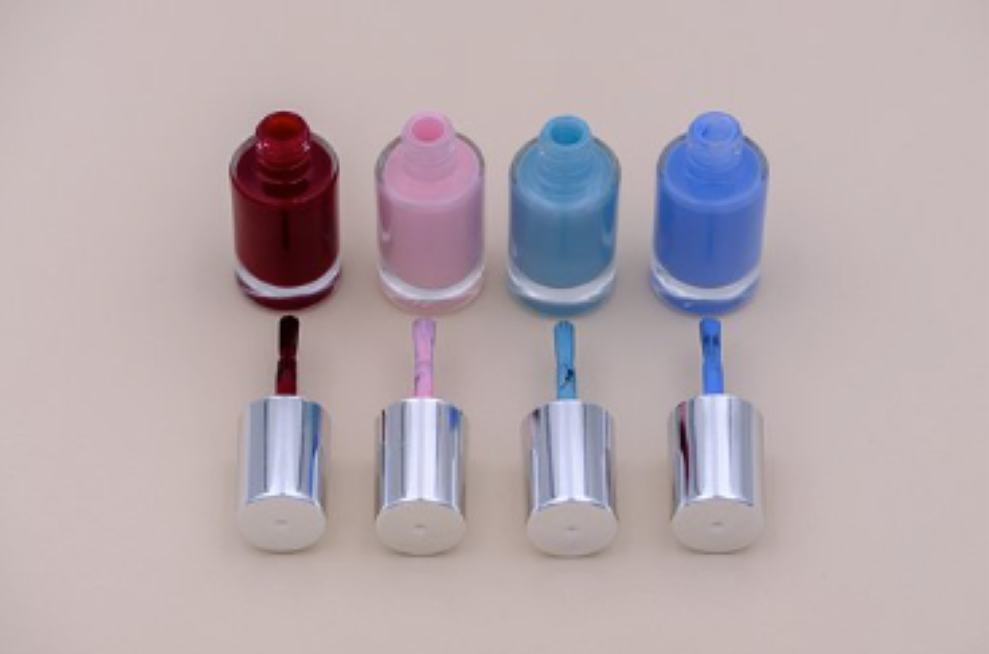Let me just say it straight, formaldehyde is a carcinogen and mutagen and was classified so at the European level already back in 2014 [1]. Since then has been banned in skincare in the EU, except in nail hardening products with maximum concentration of 0,5% or as a preservative with maximum concentration of 0,1 – 0,2%, depending on the type of product [2].

Picture source: pixabay.com
So why is it included on the list? Well.. here is where the issue arises. Unfortunately, even if producers don’t actively put formaldehyde in their products, it can still be released by many other chemicals which are added to the products. These chemicals are called formaldehyde releasers. Since formaldehyde poses high danger, even this is regulated in the CE 1223/2009 Regulation, as follows:
“All finished products containing formaldehyde or substances in this Annex and which release formaldehyde must be labeled with the warning “contains formaldehyde” where the concentration of formaldehyde in the finished product exceeds 0,05 % [2].”
Did you just skip reading that? Ok, that’s fine, it basically says that even if the product does not actively include formaldehyde but formaldehyde is being released, it still has to say “contains formaldehyde” on the package. This is great, but the practice doesn’t always follow the rule. Are you surprised? Probably not…In some tests, formaldehyde has been found in cosmetics even when not labeled [3].

Picture source: pixabay.com
On top of that, new research is emerging that the label threshold is still too high and that’s why the European Commission’s Scientific Committee for Consumer Safety (SCCS) is currently issuing advice to lower the maximum level to 0,001%, to protect sensitized consumers [4].
Until this comes into practice, I would recommend using products containing formaldehyde with caution, or better not at all. We also shouldn’t forget all the people working in nail salons who are breathing this stuff for hours on end.
Fact Sheet Formaldehyde:
What is it, what is it made of
- Colorless, flammable gas
- Often occurs as a by-product from all combustion processes
- In cosmetics, formaldehyde is a carcinogenic impurity
- Released mainly by preservatives in cosmetics
- In low concentrations occurs also in nature
Where can we find it, how long is it in use
- Used in a wide range of industries and products including building materials, walls, cabinets furniture and personal care products
- In nail care products
- In other beauty products used as preservative, such as: quaternium-15, diazolidinyl urea, imidazolidinyl urea, DMDM hydantoin, 2-bromo-2-nitropropane-1,3-diol, and sodium hydroxylmethylglycinate
Health effect with long term use
- Carcinogenic
- Can cause allergic skin reaction
- Most vulnerable are infants, older people, hair salon workers, nail salon workers and people with higher sensitivity to formaldehyde
Effect environment
- Is an indoor air pollutant
- By exposure, it affects animal’s ability to breed, and reduces their life spans
GS tip: Formaldehyde is one of the worst chemicals that finds its way into products that we use daily. Try to avoid it as much as possible. The EU is trying to limit its use.
Sources
[1] https://www.anses.fr/en/content/identifying-alternatives-formaldehyde
[2] https://eur-lex.europa.eu/legal-content/EN/TXT/?uri=CELEX%3A02009R1223-20220731
[3] https://www.ncbi.nlm.nih.gov/pmc/articles/PMC5152996/#b16-med-2015-0047
Fact sheet sources
https://www.ewg.org/skindeep/ingredients/702500-FORMALDEHYDE/
http://www.npi.gov.au/resource/formaldehyde
https://www.safecosmetics.org/get-the-facts/chemicals-of-concern/formaldehyde/


0 Comments